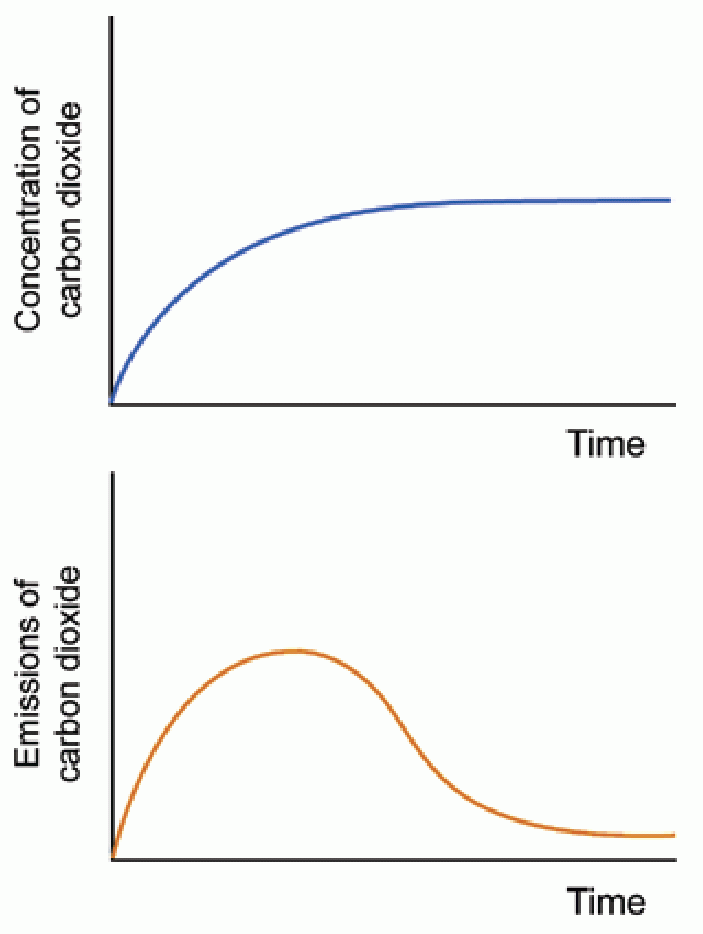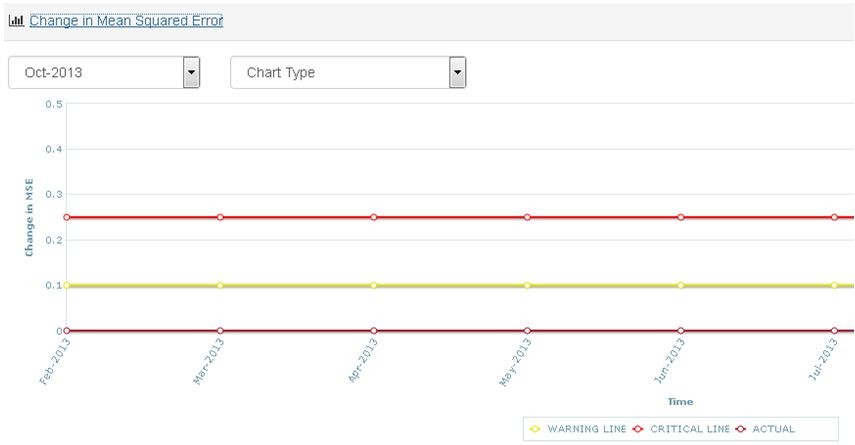How To Convert Value At Risk To Different Time Periods
Post on: 16 Март, 2015 No Comment

Here we explain how to convert one value at risk (VAR) of one time period into the equivalent VAR for a different time period and show you how to use VAR to estimate the downside risk of a single stock investment.
Converting One Time Period to Another
In Part 1 . we calculate VAR for the Nasdaq 100 index (ticker: QQQ ) and establish that VAR answers a three-part question: What is the worst loss that I can expect during a specified time period with a certain confidence level?
Since the time period is a variable, different calculations may specify different time periods — there is no correct time period. Commercial banks, for example, typically calculate a daily VAR, asking themselves how much they can lose in a day; pension funds, on the other hand, often calculate a monthly VAR.
To recap briefly, let’s look again at our calculations of three VARs in part 1 using three different methods for the same QQQ investment:
Because of the time variable, users of VAR need to know how to convert one time period to another, and they can do so by relying on a classic idea in finance: the standard deviation of stock returns tends to increase with the square root of time. If the standard deviation of daily returns is 2.64% and there are 20 trading days in a month (T = 20), then the monthly standard deviation is represented by the following:
To scale the daily standard deviation to a monthly standard deviation, we multiply it not by 20 but by the square root of 20. Similarly, if we want to scale the daily standard deviation to an annual standard deviation, we multiply the daily standard deviation by the square root of 250 (assuming 250 trading days in a year). Had we calculated a monthly standard deviation (which would be done by using month-to-month returns), we could convert to an annual standard deviation by multiplying the monthly standard deviation by the square root of 12.
Now let’s apply these formulas to the QQQ. Recall that the daily standard deviation for the QQQ since inception is 2.64%. But we want to calculate a monthly VAR, and assuming 20 trading days in a month, we multiply by the square root of 20:
* Important Note: These worst losses (-19.5% and -27.5%) are losses below the expected or average return. In this case, we keep it simple by assuming the daily expected return is zero. We rounded down, so the worst loss is also the net loss.

So, with the variance-covariance method, we can say with 95% confidence that we will not lose more than 19.5% in any given month. The QQQ clearly is not the most conservative investment! You may note, however, that the above result is different from the one we got under the Monte Carlo simulation, which said our maximum monthly loss would be 15% (under the same 95% confidence level).
Conclusion
Value at risk is a special type of downside risk measure. Rather than produce a single statistic or express absolute certainty, it makes a probabilistic estimate. With a given confidence level, it asks, What is our maximum expected loss over a specified time period? There are three methods by which VAR can be calculated: the historical simulation, the variance-covariance method and the Monte Carlo simulation.
The variance-covariance method is easiest because you need to estimate only two factors: average return and standard deviation. However, it assumes returns are well-behaved according to the symmetrical normal curve and that historical patterns will repeat into the future.
The historical simulation improves on the accuracy of the VAR calculation, but requires more computational data; it also assumes that past is prologue. The Monte Carlo simulation is complex, but has the advantage of allowing users to tailor ideas about future patterns that depart from historical patterns.
To read more on this subject, see Continuously Compound Interest .














